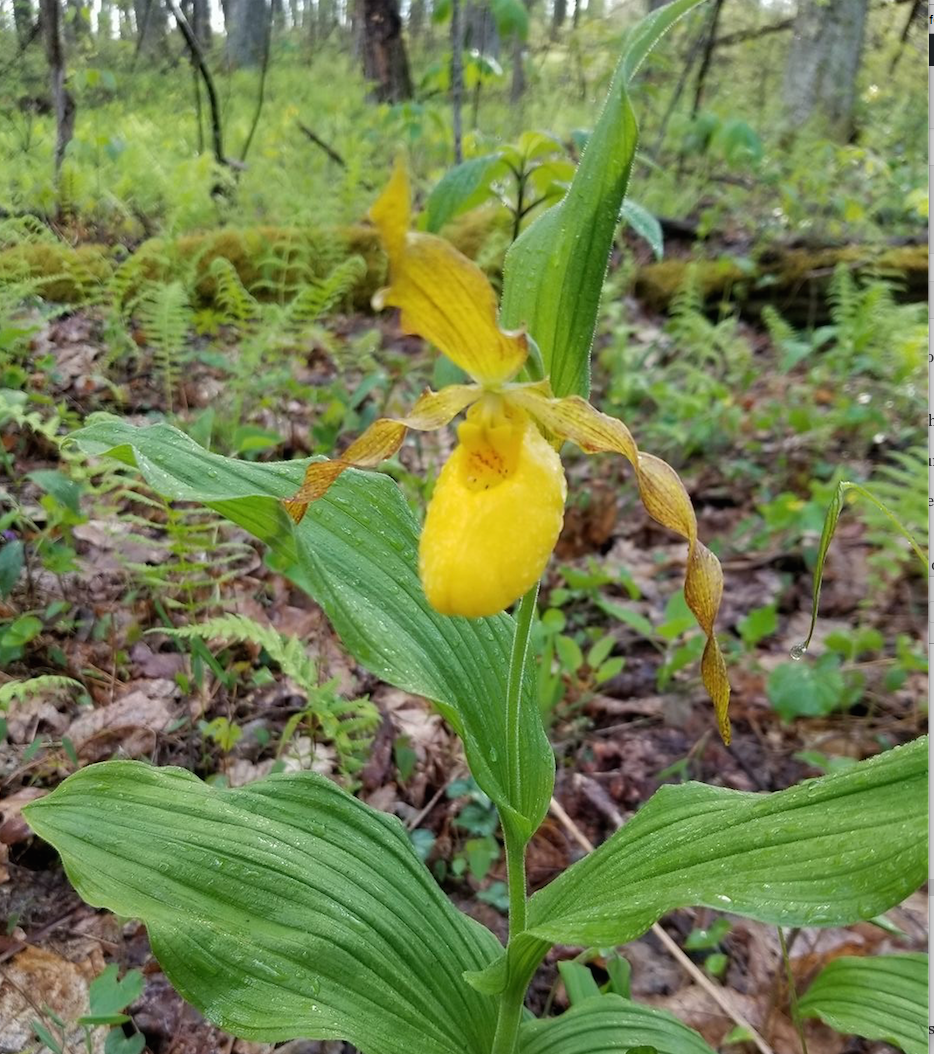The mystique of lady’s slippers
Published 9:24 am Thursday, June 28, 2018

- The yellow lady’s slipper is a tall, magnificent native orchid.
Virginia has quite a few species of native orchids. Some are showy, while others are almost drab by comparison; they don’t look the way most people think orchids should.
The showy orchis (Galearis spectabilis) blooms in early spring and has a single spike of purple and white blooms; it lives up to its name.
The cranefly orchid (Tipularia discolor) has well camouflaged brownish blooms that appear in late summer; it’s not showy at all.
Both of these orchids are interesting and attractive. Mention them to native plant enthusiasts and they’re perfectly willing to discuss their latest find and even share the location with you.
Mention lady’s slippers, however, and the same people go crazy. They’re not only fascinated by these orchids, but also very seriously protective of them. Don’t ever expect a fellow native plant enthusiast to share the exact location of their find. Mention in general terms where you found some and you just may be rebuked as an irresponsible idiot. So it goes.
This was the year that I decided I had to find the illusive, but not rare, large yellow lady’s slipper orchid (Cypripedium parviflorum). This lady’s slipper is widespread across much of the United States and Canada and is found from Alaska to Georgia. It’s not endangered. The yellow lady’s slipper is a highly variable species with four varieties and many hybrids; classification can be controversial.
The one we have here in Virginia is C. parviflorum Salish. Var pubescens (Willd). It grows in a variety of habitats, including rich, moist forests, open meadows and stream banks, in both the mountains and the Piedmont. This lady’s slipper is taller than the much-loved pink one, and its stems have two to five leaves. Both the stems and the leaves are covered with fine hairs. The sepals and petals on the flowers twist outwards in spirals and can vary in color. The pouch is yellow, but the intensity can vary. And so, my grand spring search began.
A fellow enthusiast told me that there were some at the Powhatan Wildlife Management Area. After obtaining the proper documentation to be there, I searched. No luck finding the lady’s slippers, but I did find more than my share of ticks.
Someone else told me about the Thompson Wildlife Management Area, which is primarily in Fauquier County. It’s a 4,000-acre area with trails, a lake for fishing, and a unique plant community containing what may well be the largest stand of Trillium grandiflorum in Virginia and perhaps in the United States. A 2-square mile area is covered with trillium and lots of yellow lady’s slippers too. Hordes of people visit every spring to see this spectacular sight. Yes, I went too.
It’s a long, long drive, and the best locations for parking and hiking to see these plants are vague (the parking lot between the radio towers, for example). I found more trillium than I ever expected to see in my lifetime. They were a stunning sight. As for the yellow lady’s slippers … none. My poor husband was hungry, hot and tired, so we modified our search to focus on Mexican restaurants. Rare also in this area.
The following weekend, after learning that I had missed the yellow lady’s slippers by about two more turns in the trail, I went off to a native plant nursery near Crozet. While there, I was moaning about the failed trip to a friend when a stranger whipped out her phone and showed me a photo of a huge, glorious clump of yellow lady’s slippers that she had seen just that morning. Even more amazing, she offered relatively detailed instructions about how to find the plants. After offering various food-related bribes to my husband, we set out again. Another long distance, windy, twisty roads and hot weather.
We made three passes through the area where the yellow lady’s slippers were supposed to be and didn’t find them. Lots of other interesting plants, but not what we wanted. And then we made another pass through the area and there they were, hiding in plain sight. Not one, but two large, beautiful clumps of yellow lady’s slippers. They were all that I had anticipated; beautiful, stunning, spectacular. Yes, I rewarded my husband with more Mexican food and promised not to set off on another wild goose chase for at least a week. As you might expect, that was a tough promise to keep.
CYNTHIA WOOD is a master gardener who writes for The Herald. She can be reached at cynthia.crewe23930@ gmail.com.





